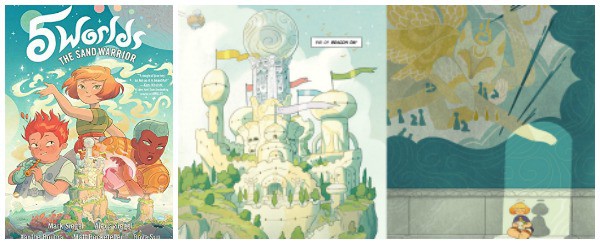Read to a Dog
This post may contain affiliate links.
Guest post by Ilene Fine, author of Brandy and Val books and pet therapy advocate.
Brandy and Val are my two rescue dogs who had unfortunate pasts (Val is a Hurricane Katrina survivor). Together with my husband, we visit schools and libraries helping children to read and aiding those afflicted with autism achieve certain goals that to improve their quality of life and health. The kids get so excited when we walk into a room and something magical occurs when they interact with the dogs. The kids become uninhibited; they seem to be willing to try new tasks.
In the reading programs, the kids get to “read to the dog,” literally! They can sit next to, lie against or pet our pets while reading them a story. Sometimes in only a few minutes, I can see a normally shy girl or boy come out of her or his shell and read with more confidence.
When we visit the autistic children, we focus on individual needs. For example, for those with motor deficit skills, we practice using a fork by feeding the dogs carrots or fruit. Brandy and Val especially love this activity of getting endless treats and undivided attention! Brushing the pups teaches grooming skills and we let the children hold auxiliary leashes as we go for walks. We can improve cognitive skills, too, by playing games that teach colors, numbers and vocabulary. As long as Brandy and Val stay involved, we almost always see an improvement in the kidsʼ participation, enthusiasm, happiness and, of course, learning.
Human interaction with animals both by having them as pets and as therapy assistants has positive health benefits, too, such as lowering blood pressure and relieving stress and depression. As a result, pet therapy programs are growing in popularity and are used in hospitals, especially in cancer, psychiatric wards and family waiting areas. They are also becoming incorporated as a therapy tool in juvenile detention centers. As pets, animals are also great for teaching children responsibility, respect, love, loyalty, friendship and compassion, to name a few. They fill physical and emotional needs and contribute to a childʼs self-esteem and self-confidence.
To learn more about Brandy and Val or see their books, visit http://www.BrandyandVal.com. Also, you can download a free Brandy and Val coloring page here.







April is National Autism Month so the timing of this post is great. Thanks again. To learn more about autism (the CDC now says 1 in 70 boys has some form of it), visit our blog, “What We’re Barking About” http://www.BrandyandVal.com/blog.
This is a great program! Every year we have to, as teachers, develop Professional Improvement Plans, and a co-worker chose this. The dog that was brought in was so great for some of the students who were hesitant to read, write, interact.
What a wonderful idea!